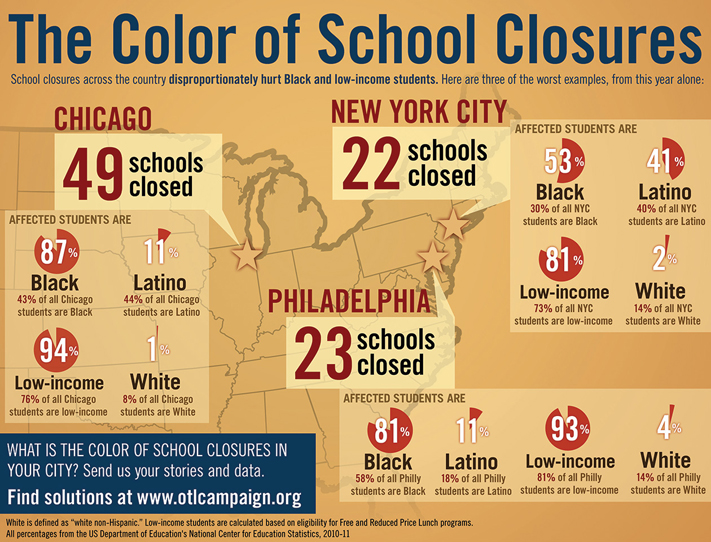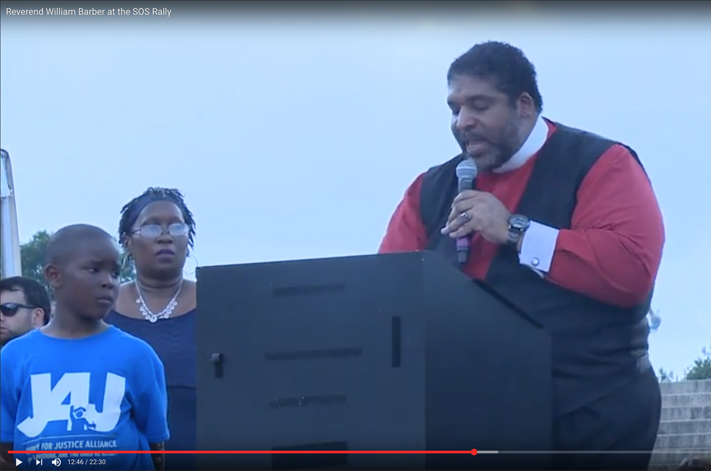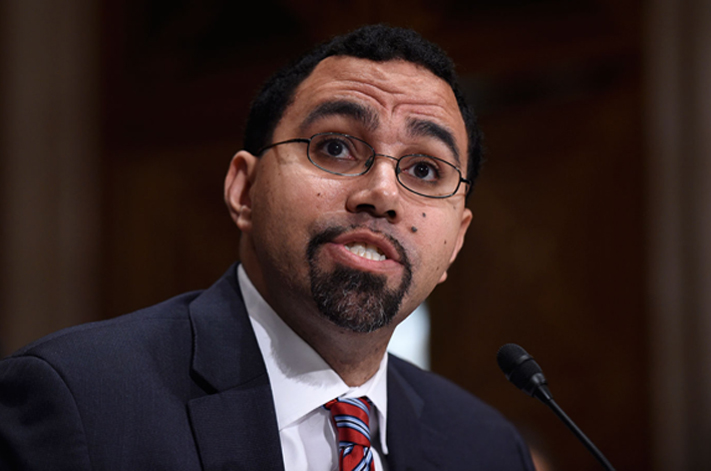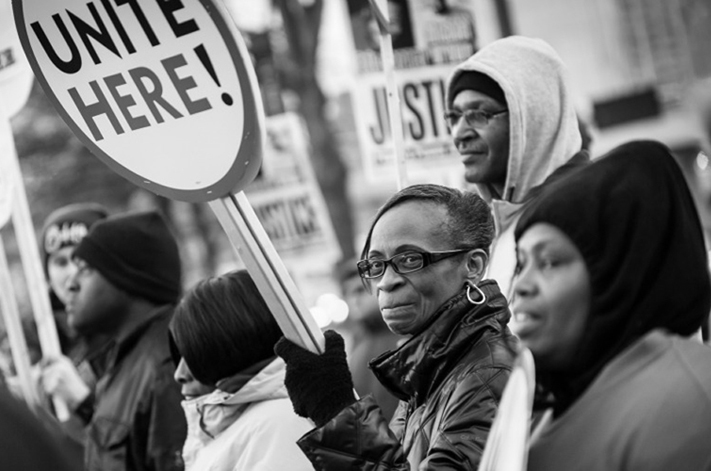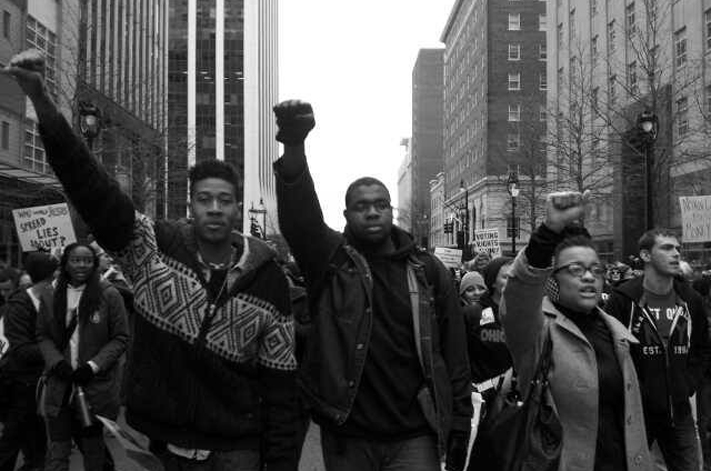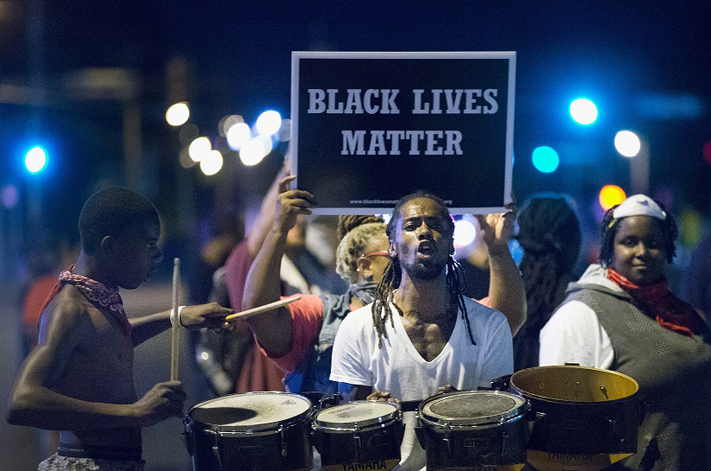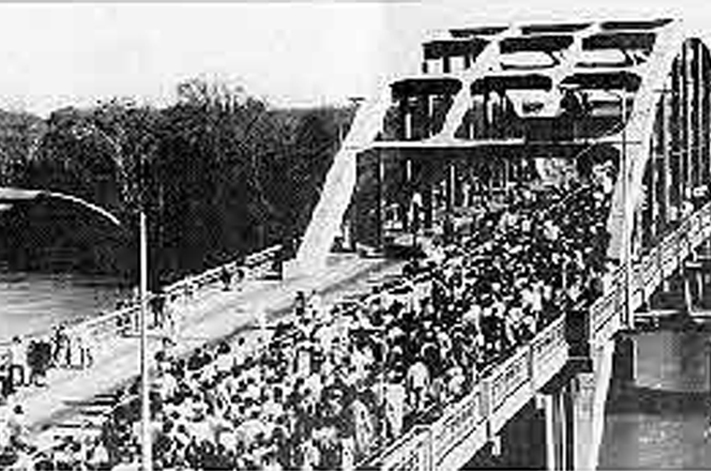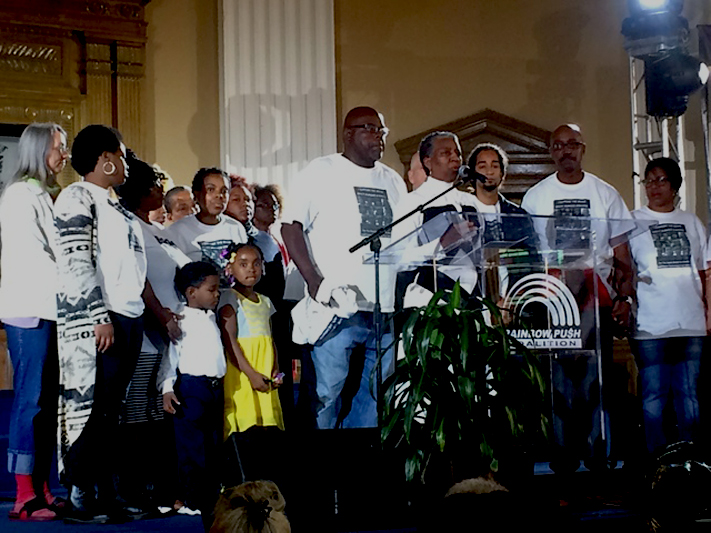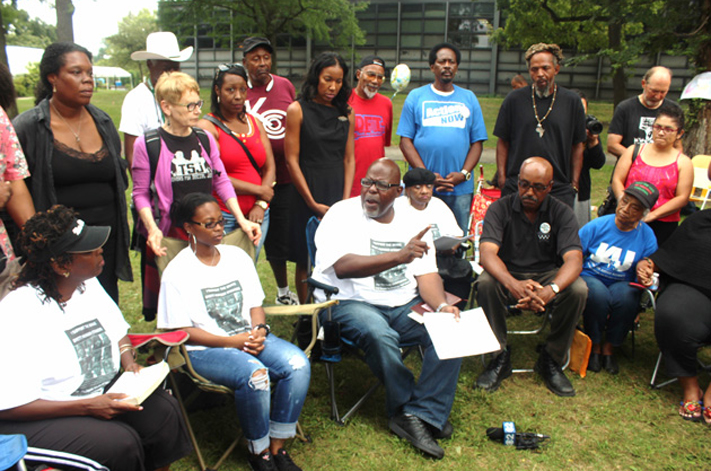Project Description
Originally Published at Opportunity to Learn. Tuesday April 23rd, 2013
Mass school closings have become a hallmark of today’s dominant education policy agenda. But rather than helping students, these closures disrupt whole communities. And as U.S. Department of Education data suggests, the most recent rounds of mass closings in Chicago, New York City and Philadelphia disproportionately hurt Black and low-income students.
What can you do to end these discriminatory and unacceptable school closures?
Download the new infographic here! Don’t forget to share it on Twitter and Facebook!
There is no evidence to suggest that school closures work. Despite what policymakers say to justify these mass closures, reports have shown that the majority of student who are affected do not get placed in high performing schools. And though closures are often touted as a way for districts to save money in tough economic times, those savings often fail to materialize and can in reality cost taxpayers millions in hidden costs.
What is the alternative to closing schools?
- Wraparound academic, health and social services to help struggling students get back on track
- Recruiting, training and retaining high-quality teachers in every classroom
- Equitable school funding systems so that those who face the toughest hurdles receive the greatest resources
- Universal high-quality pre-K so that all students start school ready to learn
- Expanded learning time, including after-school and summer programming
- Turning schools into community hubs that provide expanded services to both students and community members
For more information, check out this report from Communities for Excellent Public Schools,” A Proposal for Sustainable School Transformation.
Here are just a few of the many groups organizing against school closures in the cities highlighted in the infographic. If your organization is doing anti-closures work, let us know and we’ll add it!
- New York: Coalition for Educational Justice
- Philadelphia: Philadelphia Student Union
- National: Journey for Justice
